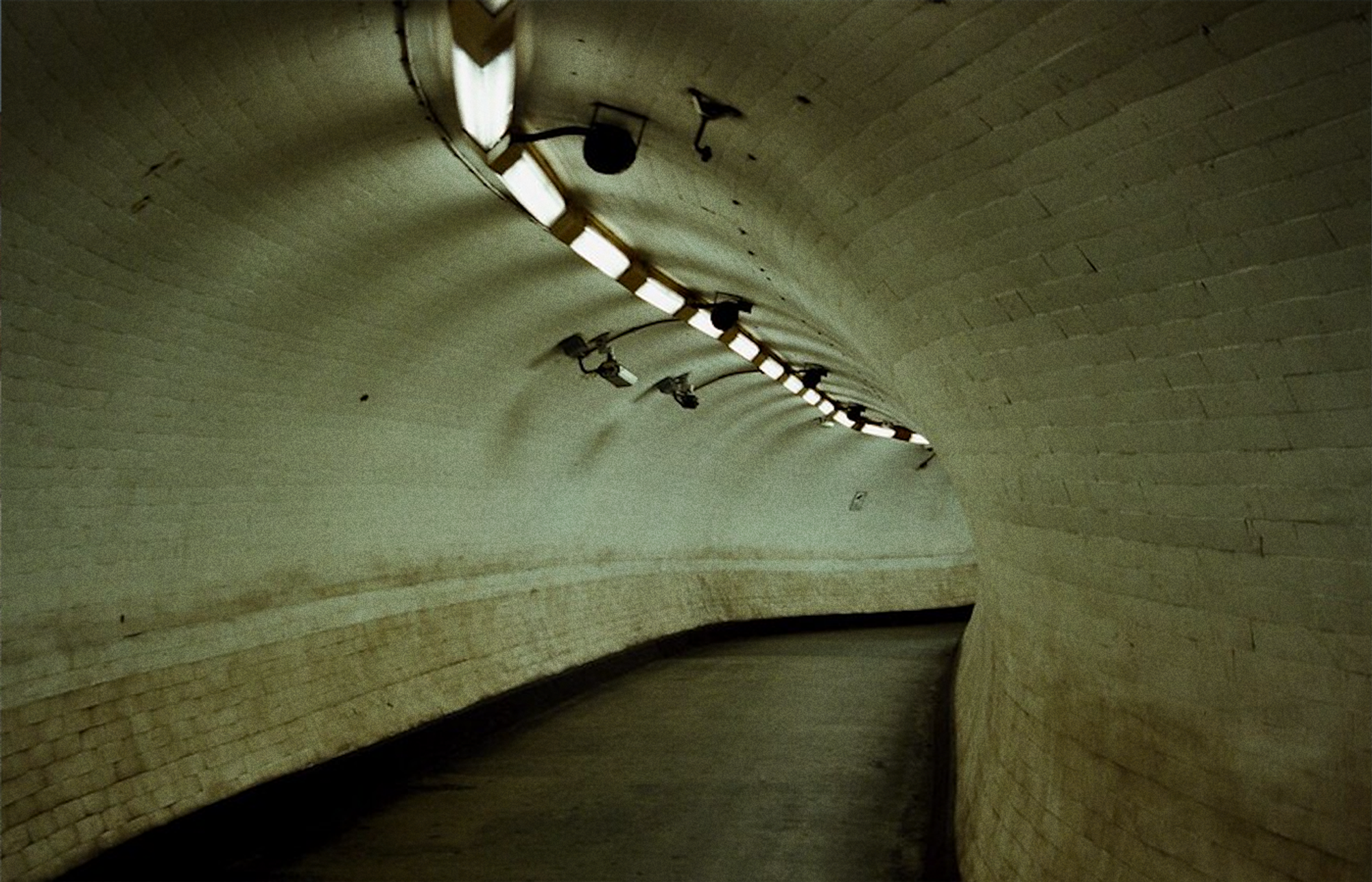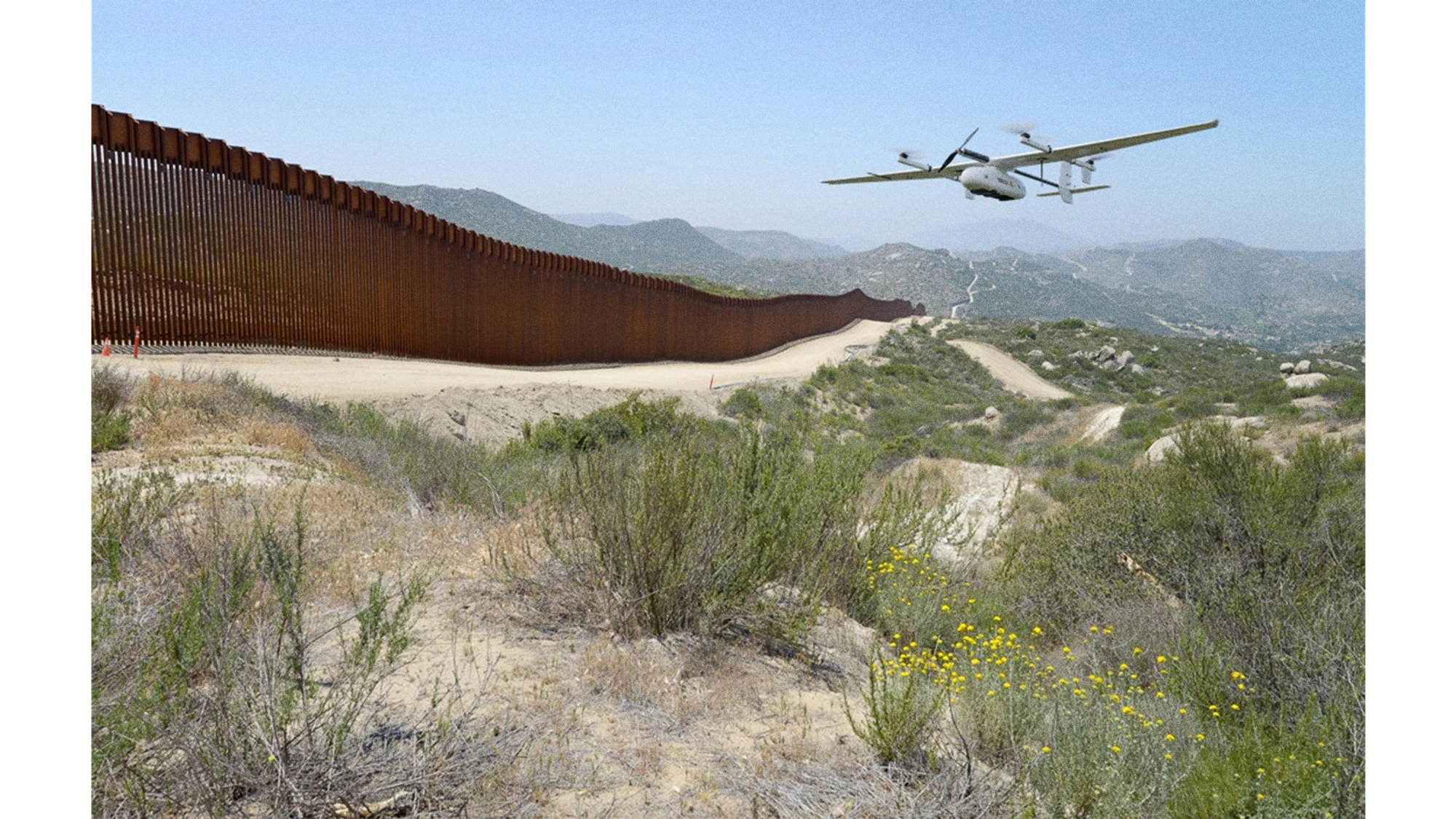Journal
A DESIRED UNDERSTANDING OF THE BORDER
Yayu Zheng
2024 Postdoctoral Fellow
The Courtauld Institute of Art, London
<Short Read>
Are political boundaries arbitrary? I have been contemplating this question a lot recently during my frequent visits to the Balkans whilst working on my research project. When our tour guide announced the moment we entered Herzegovina, the southern region of Bosnia and Herzegovina, I was struck by the fact that at the time of my birth, it belonged to a country that no longer exists.[1] Political boundaries are flexible, mutable, and evolving, and can be determined by factors such as geographical features and historical contingencies. Yet, despite their often arbitrary beginnings, national political boundaries exert overwhelmingly powerful economic, social, and ideological impacts.

Genex Tower (Western City Gate), Belgrade, 2025. Captured during research visits to the Balkans. Courtesy of Yayu Zheng
Broadly speaking, the word border has two meanings: it can refer to the line that divides one place from another, the strip that runs around the edge of something, or the edge itself.[2] The first definition emphasises the division between countries, whilst the second suggests closeness and continuity, as the edge is the place where two or more entities meet. In our uneasy world order, witnessing the ongoing Russo-Ukrainian and Israeli-Palestinian conflicts, we are prompted to approach borders through the framework of nation-states; state borders not only demarcate land and ocean but also play vital roles in regulating human lives and shaping human experiences.
In conveying a sense of connection between entities, the edge offers opportunities for spatial imagination and change. The furthest limit of one entity is usually linked to the furthest limit of another, the point of encounter often being marked by uncertainty. By contrast, state borders often project a position of authoritarian certainty, presenting themselves to be immutable and unyielding. And yet they become more contentious during times of peak political uncertainty, revealing a paradox: their apparent authority, in fact, belies an inherent and underlying instability.
In addition to political maps, people usually hold mental maps shaped by a complex interplay of family bonds, cultural heritage, and imagined conceptions of space and connection. The term mental mapping first emerged in the 1970s to facilitate an understanding of how people conceive spatial relationships in their minds and enact them in practice. It is understood that the articulation of mental mapping varies between individuals, who interact with physical geography in different ways, ranging from nuanced cultural expression to escalating geopolitical confrontations.
While political boundaries are subject to remapping, they nonetheless continually impose constraints and shape our lived realities. If we consider the significant influence of political maps on everyday life, particularly in situations such as border control, several critical questions arise: How do people’s mental maps engage with political maps, and to what extent do their intersections matter? Moreover, how do these mental maps react and respond to boundaries?

Continuity and Extension of Space Hidden in the Old Street Train Station, London, 2025. Courtesy of Faye Shu
Benedict Anderson’s Imagined Communities ([1983] 2016) [3] demonstrates how printed materials foster shared reading experiences and construct national identity. But in an increasingly digital world, characterised by the diminishing influence of printed materials and the decline of shared reading experiences, does national identity solidify or destabilise? Are borders, especially frontiers, rendered more unstable by the growing impact of digital interaction on physical realities, or are they becoming more stable due to the implementation of advanced technologies for increased surveillance and control? This contrast becomes more vivid when thinking about specific issues, such as those unfolding along the US-Mexico border, where mobile sentry devices have been widely used to patrol the vast, often desolate stretches of desert. Meanwhile, on social media platforms like TikTok, videos about or even livestreams of border-crossing activities create a parallel space where borders are depicted as essentially porous and contested.

Border Patrol drone flying over the US-Mexico border, 2022. Courtesy of Federation of American Scientists
Borders can be flexible, yet they can also be invisible, existing as mental constructs that shape our perceptions of space and our feelings of belonging. Their flexibility diminishes when they are materialised as physical realities. The tension between the centre and the periphery has long been a subject of fascination, with the latter often evoking a sense of distance, remoteness, and challenges to control. The edge offers opportunities for change by helping to forge an imaginary geography, sustained by the continued existence of connecting lines. In a primal environment, borders remain grounded in obscure nature, making them difficult to grasp and comprehend. Truong Minh Quy’s Viet and Nam (2024) includes such a sequence: Nam feels prompted by the guidance of his late father’s ghost to locate the precise site of his death. Does this guidance lead him beyond current national borders? If so, his father – a soldier killed in the Vietnam War – did not die in Vietnam. Rather, he died across a border that had not yet come into being.

Footprint in Snow, Helsinki. 2024. Courtesy of Faye Shu
[1] By ‘no longer exist’, I mean no longer existing in political geography, in today’s charted world map(s), but still present in the individual or collective memory of people, as well as in literature, film, music, and other forms of cultural expression.
[2] Cambridge Dictionary, s.v. ‘border’, accessed June 17, 2025, https://dictionary.cambridge.org/dictionary/english/border?q=Border+
[3] Benedict Anderson, Imagined Communities: Reflections on the Origin and Spread of Nationalism ([1983] 2016).
BIOGRAPHY
Yayu Zheng is a media scholar specialising in Sinophone queer cinema and visual culture, with a focus on geopolitics and regional power dynamics. She holds a PhD in Cinema and Media Studies from the University of Southern California. Her doctoral dissertation examines the evolving discourses of gender and sexuality in Taiwan by tracing historical and sociocultural changes from the late 1990s to the present and exploring their intersection with national identity discourses.
Prior to her PhD, Yayu graduated from the dual bachelor’s degree programme between Sciences Po Paris and the University of California, Berkeley, where she studied social sciences as well as film and media. Beyond her academic work, Yayu is also a film producer, film programmer, and film critic. Her curatorial and programming experience includes independent film festivals and she has reported on major international film festivals. Yayu’s film-related articles have been featured in media outlets such as DeepFocus, The Bund, and The Paper.
Yayu Zheng is currently our 2024 Postdoctoral Fellow in Chinese and Contemporary Art at the Courtauld Institute of Art.